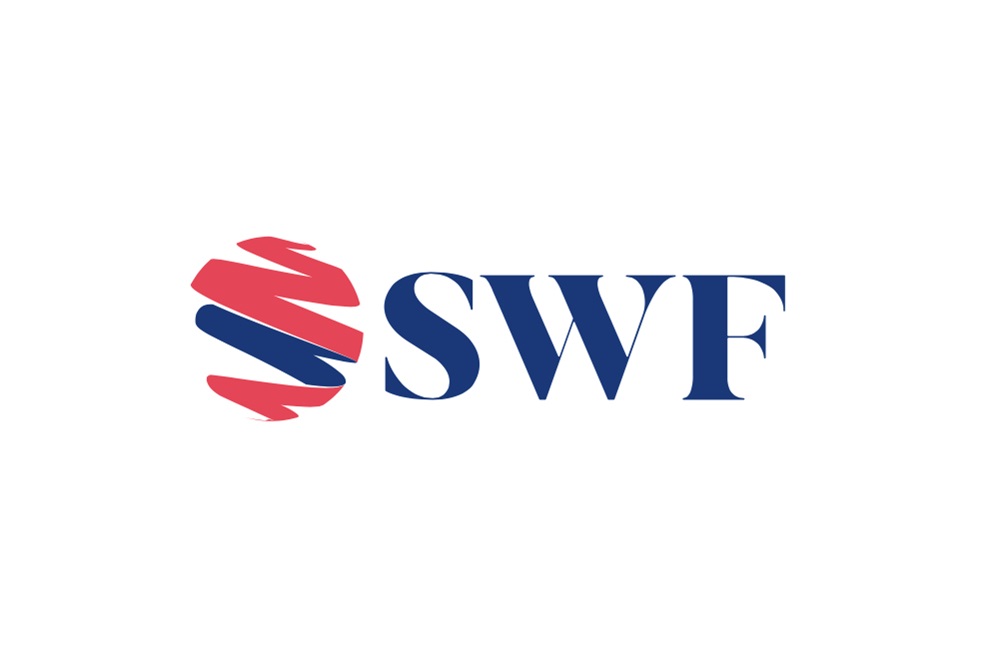The repercussions on the global economy brought on by the war in Ukraine have accelerated the demand for green hydrogen in the Middle East and North Africa region, according to CEO of H2 Industries Inc Michael Strusch.
When asked during an interview with Al Arabiya about the hype around green and clean hydrogen in the face of the European Union’s gas crisis amid Russian sanctions, Strusch said that the company had been in talks with many countries in the MENA region before the war began but that demand for green hydrogen skyrocketed in recent months.
For the latest headlines, follow our Google News channel online or via the app.
“Actually, we are talking to most of the countries in the MENA region, even before the [Ukraine] war started so the demand for green hydrogen is there and it accelerated with the war, of course and the prices went up for green hydrogen,” the CEO said.
“But this will be the main development in the next years and every country, not only in the MENA region, wants to produce and export green hydrogen so that is why we are talking with more than 30 countries right now around the globe, most of them in the MENA region and Africa,” Strusch continued.
Green hydrogen is emerging as a particularly important energy source for the future as the world works to shift towards greener and cleaner sources of energy to reduce emissions and mitigate the impact of climate change.
This energy source is becoming popular among countries that are planning to make the transition to clean energy in the near future because it can help decarbonize certain key sectors such as transportation, shipping, aviation, and manufacturing. Green hydrogen can be used as a fuel in those industries.
“Green hydrogen will dominate the market, and in a few decades, we will only be talking about green hydrogen,” the CEO said.
H2 Industries and Public Establishment for Industrial Estates Madayan signed a memorandum of understanding to develop a waste-to-hydrogen plant in Oman, in conjunction with the construction of a 300-megawatt baseload electric storage.
The $1.4 billion facility will use solid waste, which will be sourced from waste management operators and mined from existing landfills, to produce green hydrogen and pure carbon dioxide. The hydrogen will then be stored or exported using H2 Industries’ Liquid Organic Hydrogen Carrier technology, and the captured CO2 can be used along with the hydrogen to produce synthetic diesel of Sustainable Aviation Fuel.
“…This waste-to-hydrogen technology is not like the old waste-to-energy technology where you burn waste, we don’t burn waste here. We process the waste in a chemical process, it’s a thermolysis process, and we receive out of this process hydrogen and carbon monoxide,” explained Strusch.
He continued: “And then, in the second process, it is the water gas shift process, where we turn the carbon monoxide into carbon dioxide by adding more water and receiving more hydrogen. Then we separate the hydrogen from the carbon dioxide and store the carbon dioxide in tanks and store the hydrogen in liquid organic hydrogen carrier (LOHC) for exporting. Or we could produce directly out of the carbon dioxide and the hydrogen together, synthetic fuels like E-diesel and SAF [sustainable aviation fuels]. These are the 2 outcome possibilities in this process.”
Green hydrogen is considered “green” because it does not include emissions going into the atmosphere; the CO2 is capture.
“Internationally, there is no defined standard yet, especially not in EU, this is still under discussion. But it’s actually even more than green because we solve also the problem of cleaning our planet from waste. So this will be decided in the future which color this technology will be, probably we can call it white.”
The CEO said that, according to their calculations, the first green hydrogen plants will be in operation in 2024 or 2025 and by 2030, it will cost below $1 per kilogram depending on the price of electrolyzers.
The company also has a pre-approved project in the Suez Canal in Egypt.
“Regarding [the] East Port Saeed project, this is well in development. We finalized the feasibility study and actually, we will shortly be in Egypt and start producing and developing there,” he said.
“In other regions, we have similar projects and they are pretty close to signing the MoUs,” Strusch said, adding that there will be some announcements of more such projects in the coming weeks.
Read more:
Saudi Arabia trying to provide solutions, not be cause of problem: Energy minister
Oman’s state energy firm OQ invites banks to pitch for gas pipeline network IPO
No oil refining capacity commensurate with current demands: Saudi energy minister


 World3 years ago
World3 years ago
 World3 years ago
World3 years ago
 Business12 months ago
Business12 months ago
 Entertainment7 years ago
Entertainment7 years ago
 World7 years ago
World7 years ago
 Entertainment7 years ago
Entertainment7 years ago




